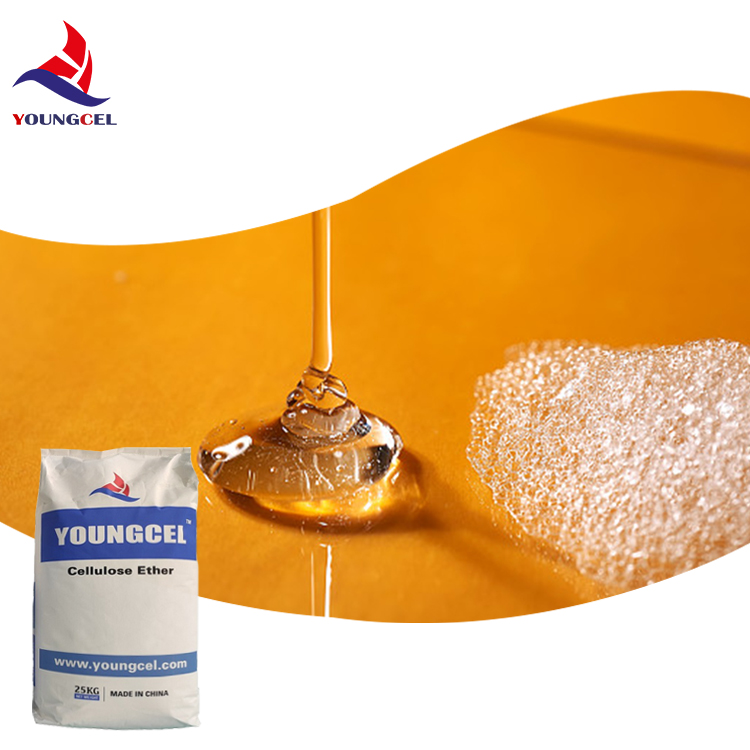Cellulose for Cement A Sustainable Additive for Enhanced Performance
In recent years, the construction industry has increasingly focused on sustainability and eco-friendliness. One of the notable developments in this regard is the incorporation of cellulose into cement-based materials. Cellulose, a natural polymer derived from plant cell walls, offers various benefits that can enhance the properties of cement. This article explores the role of cellulose as an additive in cement, its advantages, and its implications for sustainable construction.
Understanding Cellulose
Cellulose is the most abundant organic polymer on Earth, primarily found in wood, cotton, and other plant fibers. The structural integrity provided by cellulose makes it an ideal candidate for various applications. In the context of cement and concrete, cellulose fibers can be used as a reinforcing agent to improve mechanical properties, workability, and durability.
Benefits of Adding Cellulose to Cement
1. Enhanced Mechanical Properties
One of the main advantages of incorporating cellulose into cement mixtures is the improvement of mechanical properties. Studies have shown that the addition of cellulose fibers can increase the tensile strength and flexural strength of concrete. This is particularly important in applications where structural integrity is paramount. The fibrous nature of cellulose allows for better stress distribution within the concrete matrix, helping to prevent cracking and improve overall resilience.
Cellulose can also enhance the workability of cement mixes. When cellulose fibers are introduced, they can improve water retention, reducing the need for excessive water in the mixture. This property is crucial for achieving a workable consistency, especially in the casting process. Better workability can lead to improved placement and finishing of concrete, which is essential for high-quality construction.
3. Increased Durability
'cellulose for cement'

Durability is a critical factor in the longevity of any construction project. The addition of cellulose to cement can help improve the resistance of concrete against environmental factors such as freeze-thaw cycles, chemical attacks, and water ingress. The cellulose fibers act as a barrier, reducing porosity and enhancing the overall resistance of concrete to external stresses. This increased durability can lead to lower maintenance costs and extended service life for structures.
4. Sustainability Benefits
Cellulose is a biopolymer that is both renewable and biodegradable. In a world facing significant environmental challenges, the use of natural materials in construction offers a substantial step towards sustainability. By replacing a portion of synthetic fibers or other non-renewable additives with cellulose, the cement industry can reduce its carbon footprint. Moreover, utilizing waste materials, such as agricultural residues, as a source of cellulose can contribute to a circular economy, where waste in one industry serves as a resource for another.
5. Eco-Friendly Additive
Cement production is associated with significant greenhouse gas emissions, particularly carbon dioxide. By utilizing cellulose, which has a lower environmental impact, the construction industry can contribute to carbon reduction efforts. Furthermore, cellulose fibers help improve the overall energy efficiency of concrete, requiring less energy for production and curing, ultimately leading to a more sustainable building material.
Application of Cellulose in Cement
The incorporation of cellulose into cement can be done through various methods, such as mixing cellulose fibers directly into the cement paste or using cellulose-based admixtures. Factors such as the type of cellulose, fiber length, and dosage influence the performance of the concrete. Research and development in this area continue to evolve, providing innovative solutions to enhance the integration of cellulose into cementitious materials.
Conclusion
The utilization of cellulose as an additive in cement represents a promising avenue for advancing sustainable construction practices. With benefits including enhanced mechanical properties, improved workability, increased durability, and eco-friendliness, cellulose is poised to play a significant role in the future of cement-based materials. As the construction industry seeks to minimize its environmental impact while meeting the demands of growing urbanization, innovative solutions like cellulose will be crucial in creating a more sustainable built environment. By harnessing the power of natural materials, we can pave the way for a greener, more resilient future in construction.
-
Rdp Powder: Key Considerations for Wholesalers in the Building Materials IndustryNewsJul.08,2025
-
Key Considerations for Wholesalers: Navigating the World of Hpmc - Based ProductsNewsJul.08,2025
-
Hpmc Detergent: Key Considerations for WholesalersNewsJul.08,2025
-
Key Considerations for Wholesalers: China Hpmc For Tile Adhesive, Coating Additives, Concrete Additives, and MoreNewsJul.08,2025
-
Crucial Considerations for Wholesalers: Navigating the World of Construction MaterialsNewsJul.08,2025
-
Key Considerations for Wholesalers Sourcing Additive For Cement, Additive For Concrete, Additive For Putty from Additive Manufacturer Shijiazhuang Gaocheng District Yongfeng Cellulose Co., Ltd.NewsJul.08,2025




